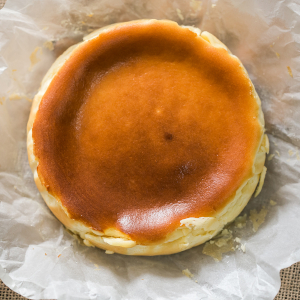We’ve surveyed some of Belgium’s most beloved mains and sides – all typically Belgian – and sampled some of the country’s trademark breads. Time now to round out the meal with a selection of desserts, sweets and beverages that Belgium is justly famous for. In Belgium, anytime is sweets time!
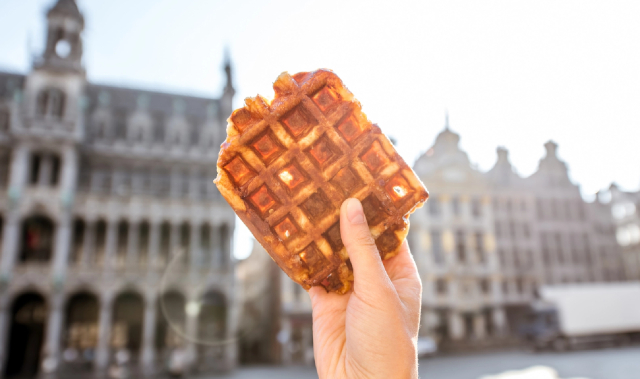 The famous Belgian Waffle: Sweet treat, dessert and street food, all in one!
The famous Belgian Waffle: Sweet treat, dessert and street food, all in one!
We already know that Belgians adore their sweets. Even their most common daily breads are endowed with what many other cultures would consider an excess of sugar and/or molasses. And their love of sweets just begins there…
Sweets and Desserts
We’ve all heard about Belgium’s legendary chocolate – right up there with the Dutch and French traditions. But there’s more to Belgian sweets than that! And I can think of no better place to start than the country’s most famous contribution to the world’s breakfast and dessert menus…
Belgian Waffle: There are many variations on this classic sweet Brioche waffle, most named for the place evolved. The two moist popular are said to be the the Gaufres de Liège (Liège Waffle) and the Brussels Waffle. They’re featured at street stands and Gauferies (Tea Rooms), and restaurants everywhere in Belgium. They’re traditionally served with a dusting of powdered sugar and eaten from the hands. But they can also come in more standard dessert presentations, plated with toppings and syrups.
Mattentaarten: Cheese-stuffed pastries. These little round puffs, stuffed with a fresh cheese filling and crowned with a golden egg glaze, are among the most cherished of Belgium’s native treats.
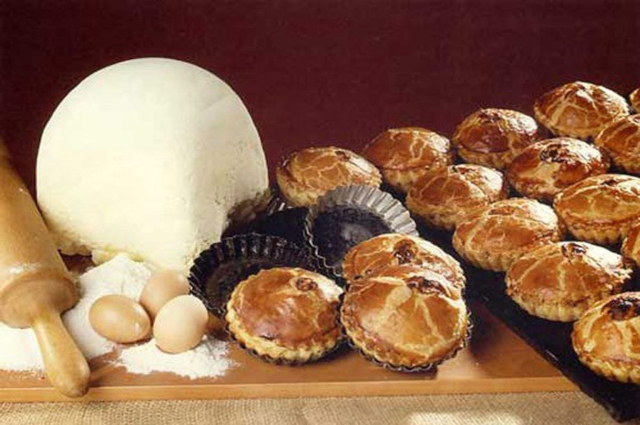
In fact, they were granted Protected Geographical Indication (PGI) by the European Union in 2006. That means they can only be called genuine Mattentaarten if they’re made in the city of Geraardsbegen in the Belgian Ardennes, which they call home.
Lierse Vlaaike: Another ‘taarten’. Made from an ancient ‘secret recipe’, these little spicy cakes come from Antwerp. The recipe was first recorded more than 300 years ago, making Lierse Vlaaike one of the oldest as well as one of the most beloved Belgian pastries.
Stofé: A Sweet Cheesecake tart (see photo, top of page). This one comes from Wavre in Wallonia, and you might not recognise it immediately as Cheesecake. A mixture of cottage cheese, sweetened almonds and meringue is poured over a base of short crust pastry lined with sliced apples and baked until the custard is golden on top. The neighbouring city of Jodoigne has it’s own version of this treat, called Blanke Doréye, which uses vanilla instead of almonds and apple sauce instead of sliced apples.
Appelflappen: Apple Turnovers. Like their cousins found in many other cuisines, Appelflappen are simply puff pastry pockets stuffed with a signature mixture of mixture of apple, cinnamon, raisins or currants, and sometimes almond paste.
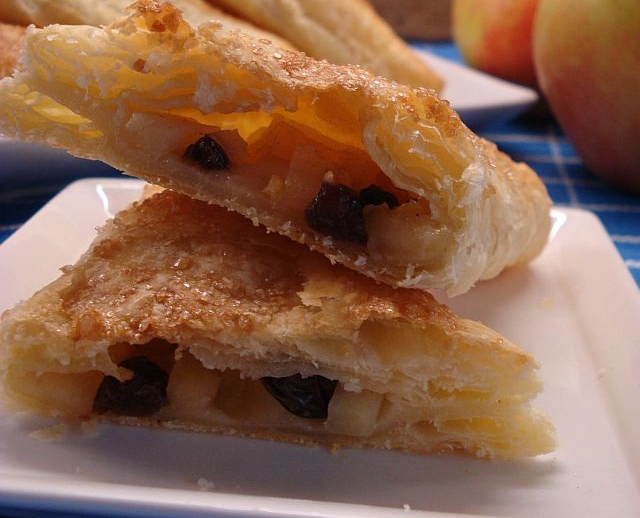
The finished turnover is then sprinkled with sugar before baking. They’re a favourite with Tea or Coffee.
Oliebollen: Literally ‘Oil Balls’, but more familiar to non Belgians as Doughnut Holes. They are one of the few Belgian specialties that are deep-fried. Dating back hundreds of years to invasions by Germanic tribes, these little gems usually contain sugar, along with lemon zest raisins or other dried fruits, and are dusted with powdered sugar right out of the oil. Like Appelflappen, they are favourites to accompany Tea and Coffee and are especially popular at New Years. But they’re available from street stands all over the country, all year round.
Pannenkoeken: Dressed-Up Pancakes. Start with the usual basic wheat or buckwheat flour pancake mix, with milk, eggs and a pinch of salt.
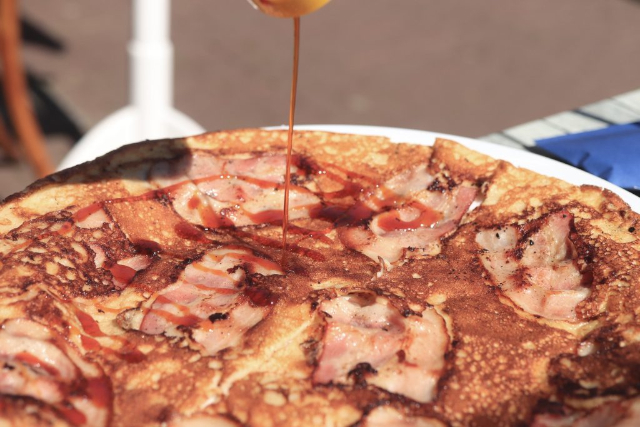
They’re topped with almost anything you can imagine – sweet or savoury – from raisins, sliced apples, or candied ginger, to bacon, cheese or smoked salmon. They’re made very large for group sharing, and ‘finished’ with a drizzle of sugar syrup.
Beverages
Belgium has given the world some notable beverages and beverage traditions, both with and without alcohol. But their alcoholic tipples are definitely the dominant players…
Jenever: A distilled beverage from which Gin is said to have evolved. It’s been the national spirit of Belgium for more than 500 years! According to Wikipedia, the brew has been granted, “…eleven different appellations or AOCs from the European Union, and can only be crafted in Belgium, the Netherlands and a few areas in France and Germany.”
Beer: The universal quaff of Belgium. At last count, there were more than 300 breweries in Belgium, and Belgians drank an average of 68 litres / 18 gallons per year each. There are more than 20 distinct styles and traditions of Belgian beer, from mainstream pale ales and lagers (like the world-famous Stella Artois) to exotic Trappist, Lambic (fruit) and Wheat beers.
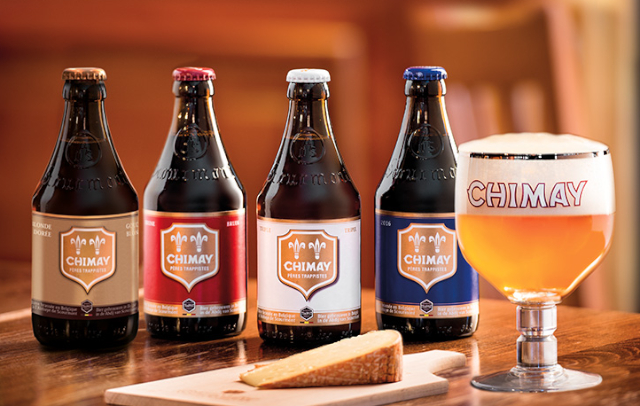
One of the best known specialty brews is Chimay, a Trappist beer first made by the monks of Scourmont Abbey more than 170 years ago. They also make internationally-renowned cheeses. This is just one of the army of Belgian beer traditions you’ll encounter in a Google tour of the country’s breweries – a side trip I recommend highly!
Black Russian: Yes, the famous cocktail, consisting of Vodka and Kahlua Coffee Liqueur. It was actually invented back in 1949 in Brussels. Now you know.
Non-Alcoholic Drinks: Coolers, fizzies, smoothies and cordials rule! One of the most popular alcohol-free drinks across Belgium is the beloved Peach-Orange Cooler. Lime Cordial and Lemonade are top contenders. Mulled Apple Juice is also a traditional favourite. Every kind of fruit you can imagine turns up in Belgium’s non-alcoholic beverages at one time or another.
Lassi: We’ve seen this ubiquitous Indian yogurt beverage before, but the Belgians have their own twist on it. They add fruit purees as well as rosewater and sugar to make sweet drinks, and cumin or coriander to produce savoury versions.
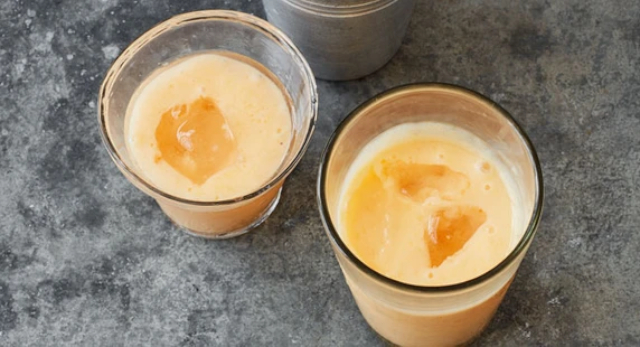
The story goes, Dutch spice traders developed a taste for it as a means of cutting the hot bite of Indian and Southeast Asian foods.
Coffee: A rich Coffee culture began post WW II in Belgium. We think the Canadians and other liberating troops brought it with them, and Belgians were immediately hooked. There are several national coffee house chains today and Belgians expect free cookies when they order their fave caffeinated quaff.
Tea: Tea time is big in Belgium: It’s a traditional afternoon break and a mid-evening snack time. All sorts of Belgian cakes and cookies are consumed along with the cardinal beverage. Everybody does it.
And the list goes on…
These are just some of the most popular Belgian sweets and desserts in their national cookbook. The deeper you delve, the more you find. And we haven’t even touched the Belgian traditions of cookies and candies! I can’t think of better way to brush up on your Googling skills than to spend some down time exploring Belgian Sweets and desserts!
~ Maggie J.

